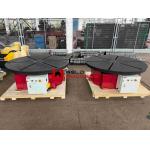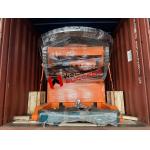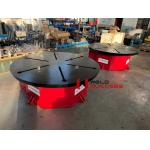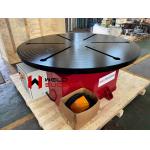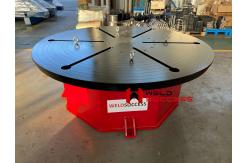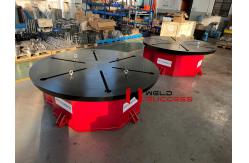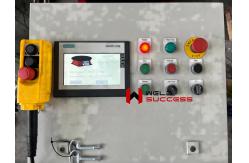Horizontal turning table, also known as a rotary table or indexing
table, is a mechanical device used in various industries for
rotating workpieces horizontally. It is typically mounted on a
machine tool, such as a milling machine or a lathe, and provides
angular positioning and rotational movement to the workpiece. Here
are some key features and applications of a horizontal turning
table: Angular Positioning: The horizontal turning table allows precise
angular positioning of the workpiece. It can be adjusted to
specific angles, enabling the machining or processing of the
workpiece at different positions and orientations. Rotation Capability: The table can rotate the workpiece
horizontally, providing continuous or incremental rotation. This
rotation capability allows for operations such as milling,
drilling, grinding, and inspection of the workpiece from various
angles. Indexing Function: The horizontal turning table often incorporates
an indexing mechanism, which enables precise division of the
rotation into equal intervals or specific angular increments. This
feature is useful for tasks that require accurate positioning or
machining at specific angles. Workpiece Clamping: The table is designed with mechanisms to
securely clamp and hold the workpiece during rotation. This ensures
stability and minimizes vibration or movement that could affect the
machining process. Compatibility: Horizontal turning tables are versatile and can be
used with different types of machine tools, such as milling
machines, lathes, or machining centers. They can accommodate a wide
range of workpiece sizes and shapes. Automation Compatibility: Many modern horizontal turning tables are
equipped with automation features, such as motorized rotation,
programmable control, and compatibility with computer numerical
control (CNC) systems. This allows for automated and precise
positioning and rotation of the workpiece. Applications: Horizontal turning tables find applications in
various industries, including manufacturing, machining,
metalworking, and fabrication. They are commonly used for
operations such as milling keyways, cutting gears, machining curved
surfaces, drilling holes at specific angles, and performing
multi-sided machining.
|
